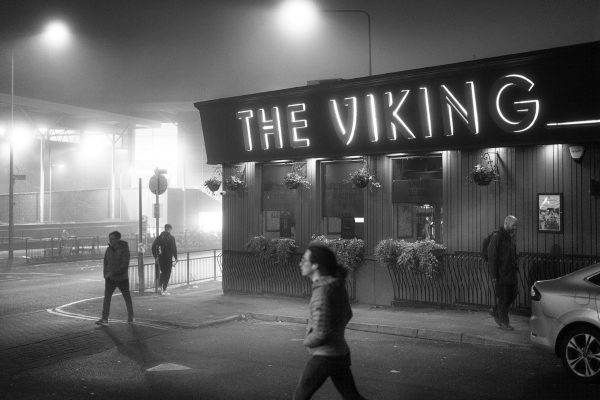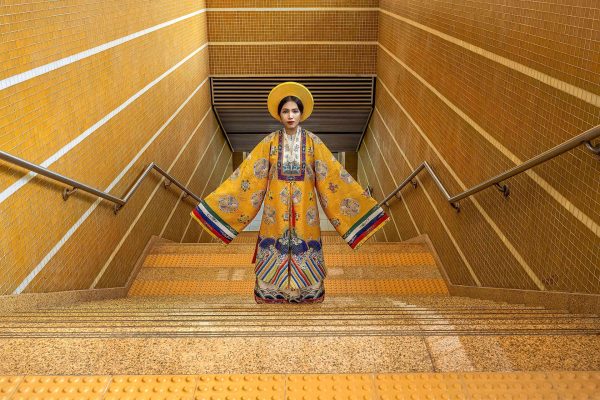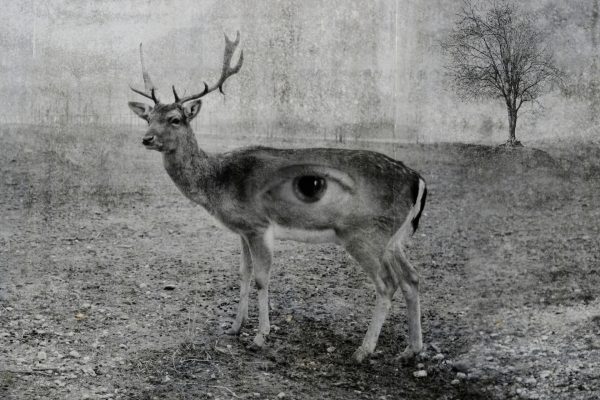An ancient perimeter wall encircles a 55-acre site in the north of Glasgow. Until the 1960’s, the land was occupied by Maryhill barracks, a location woven into the history of the city. During the first world war, it was home to a tank division. In the second world war it was briefly home to Hitler’s deputy Rudolph Hess, captured after his aeroplane crash-landed in Scotland.
Today, the wall protects the Wyndford, a sprawling brutalist housing estate still known locally as The Barracks. The area is dominated by four 26-storey point blocks. They project their shadows across the estate, in the manner of giant sundials. You can easily estimate the time of day by observing where the shadows fall.
All four towers are scheduled for demolition, and it feels increasingly lonely in and around them. As the months go by, there are fewer lights on. Residents move out, never to be replaced. Once again, change is coming.
The Wyndford still clings to its old reputation for crime and unemployment, but it’s a peaceful place. I am drawn to the juxtaposition of lush parkland against industrial concrete, the desolate open spaces, and ever-changing light. There is quiet beauty here.



























